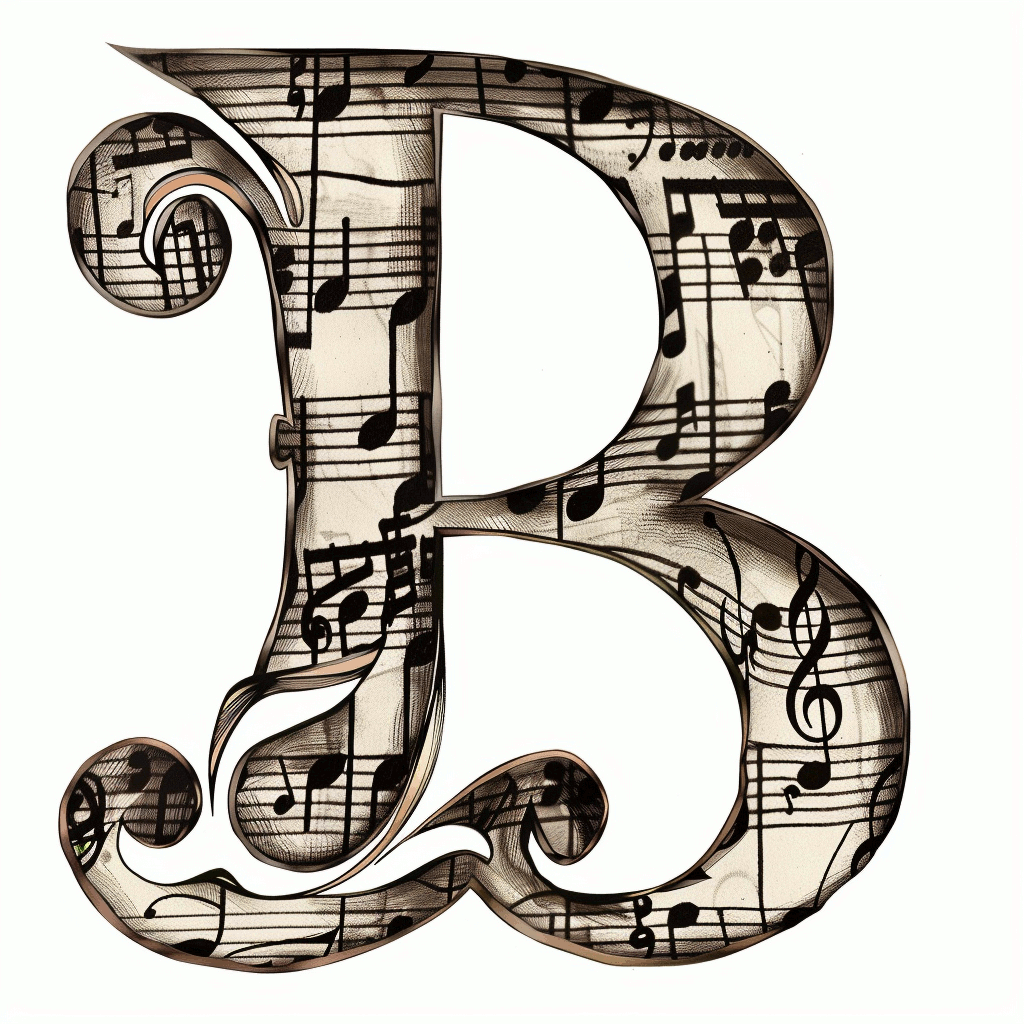Walk into any guitar store, open any social media app, or browse any online learning platform, and you’re met with a paradox of choice. There are more resources, more tabs, more video lessons, and more gear available to the aspiring guitarist than at any point in history. The barrier to entry has never been lower—a decent beginner guitar can be had for a few hundred dollars, and a world of knowledge is available for free with a few clicks.
Yet, for many learners, progress feels more elusive than ever. The problem is no longer access to information. The problem is cognitive overload. The challenge facing the modern guitar student is not their finger strength or their sense of rhythm; it is their ability to navigate a sea of infinite possibilities without a compass, and to sustain focused attention long enough to build genuine mastery.
The Illusion of Progress in the Age of the Scroll
The traditional model of learning guitar was linear, if sometimes frustrating. You might get a book, take weekly lessons, and painstakingly learn a song from start to finish from a record, rewinding the cassette tape over and over. This process, while slow, built deep, focused attention and resilience.
The modern model is one of horizontal grazing. A student might:
- Watch a 5-minute video on a blues scale.
- See a viral short of a shredding guitarist and search for a “5-minute sweeping arpeggio” tutorial.
- Get a notification for a lesson on neo-soul chords and click through.
- Practice each of these for ten minutes before moving on.
This feels productive. They’ve “learned” three things! But in reality, they’ve only been exposed to them. They’ve collected informational souvenirs without ever taking a deep dive. They’ve developed a wide, shallow map of the guitar world with no paths to any meaningful destination. This is the “TikTok-ification” of learning—prioritizing quick-hit dopamine and the illusion of rapid progress over the deep, often tedious, work required to actually internalize a skill.
The Missing Framework: “What Should I Learn Next?”
Without a structured path, students are left with a jumble of puzzle pieces from different boxes. They know a C major chord, the pentatonic scale, and the main riff to “Smoke on the Water,” but they have no framework to understand how these concepts connect. How does a chord relate to a scale? How does rhythm intertwine with melody?
This lack of context is demotivating. The student doesn’t see the larger musical picture, so their practice feels like a series of unrelated chores. They hit a plateau not because they lack ability, but because they lack a curriculum. A good teacher provides a narrative, a story where each lesson is a chapter that builds on the last, leading to a satisfying conclusion (e.g., “now you can play a full song with a solo”).
Reclaiming Depth: A Call for Intentional Learning
1. Choose a “North Star”: Define a single, tangible, short-to-mid-term goal. This is not “become a good guitarist.” This is “learn to play and sing ‘Wonderwall’ perfectly by the end of the month,” or “improvise a 12-bar blues solo over a backing track without getting lost.” This goal becomes your filter. Does this YouTube video directly help you achieve your North Star? If not, save it for later.
2. Embrace Strategic Constraints: Limit your inputs. Instead of jumping between ten YouTube channels, choose one structured course or book series and commit to it for a set period. Or, even better, invest in a real teacher—even bi-weekly online lessons—who can provide that essential curated path and accountable feedback.
3. Practice Deep Work, Not Shallow Scrolling: Dedicate blocks of 20-30 minutes of completely focused practice on one thing. Put your phone in another room. Work on a single phrase, a chord change, or a scale sequence until it moves from your conscious mind to your muscle memory. This is where real progress happens.
4. Learn to Listen, Not Just Hear: Spend as much time listening to music actively as you do practicing. If you’re learning a blues song, don’t just learn the notes. Listen to how B.B. King uses vibrato and space. Hear how the rhythm guitar locks with the drums. Context comes from immersion in the music itself, not just the tabs.
The Role of Educators and Content Creators
This is a problem for students as well as a challenge for the guitar education industry. Content creators must move beyond clickbait licks (“Learn this INSTANTLY!”) and towards content that provides genuine context and pathways. The most valuable resource we can offer is not another lick, but a map.
The Bottom Line
The guitar is an ancient instrument, but the mind learning it is a modern one, besieged by distractions. The path to mastery has always been a narrow path of focused, deliberate practice. Today, that path is just harder to find, hidden behind a forest of flashing lights and endless options.
The greatest skill a modern guitarist can cultivate is the ability to manage their own attention, to curate their own learning journey, and to find the depth and meaning that comes not from knowing a little about everything, but from mastering one thing at a time.
